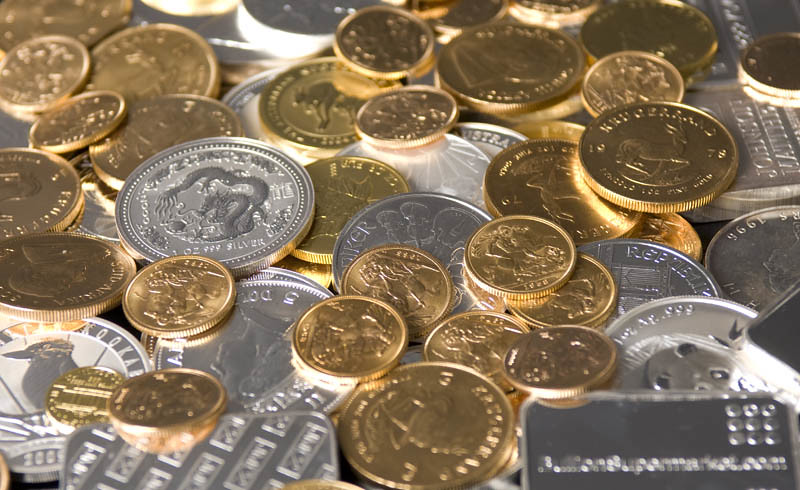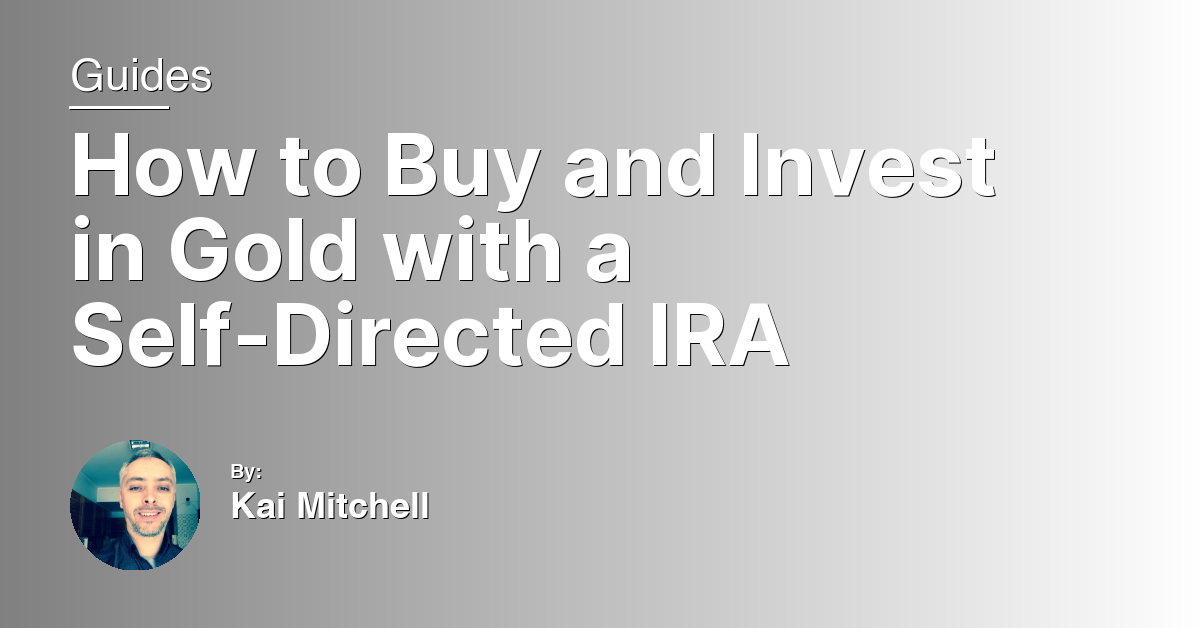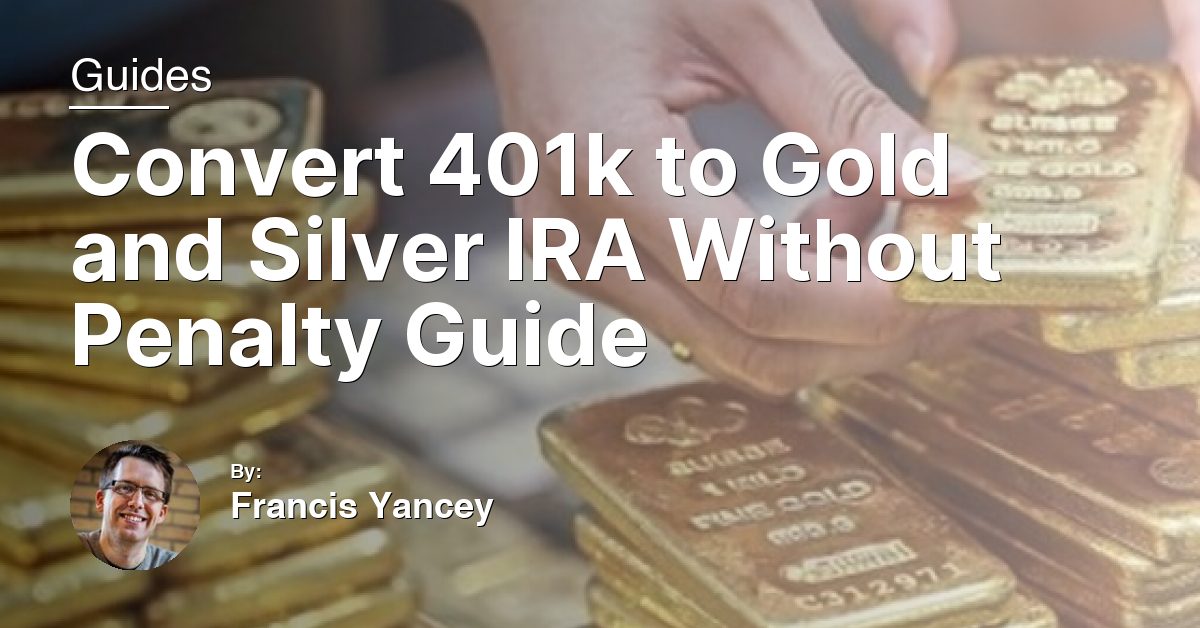In an era where financial security is paramount, diversifying your investment portfolio is not just wise, it’s essential. Among the myriad of options available, a Self-Directed Gold IRA stands out as a beacon for those looking to blend the old-world charm of gold investment with the modern need for retirement planning. This article guides you through the intricacies of setting up and investing in a Self-Directed Gold IRA, offering a golden opportunity to safeguard your future with the timeless value of precious metals.
Steps to Start Investing: Opening and Funding Your Account
To start investing in a self-directed Gold IRA, first, select a reputable custodian approved by the IRS. This financial institution will create and oversee your IRA, ensuring it complies with government regulations. Research custodians that specialize in precious metals and compare their fees, services, and security measures, such as the Delaware Depository for storing your gold.
Next, open your account by filling out the application form provided by the custodian. You’ll need to provide personal information, select a funding method, and sign the necessary agreements. Funding your account can be done via a wire transfer, check, or by rolling over funds from an existing retirement account, such as a 401(k) or 403(b).
Once your account is funded, work with your financial adviser to select the gold products that fit your investment strategy. Options include bullion, coins, or gold-focused ETFs and mutual funds.
Understanding Account Types and Contribution Limits

When setting up a Self-Directed Gold IRA, understanding the account types and contribution limits is crucial. Traditional and Roth IRAs are the most common forms, each with distinct tax implications. As of the latest IRS guidelines, the annual contribution limit is $6,000 for individuals under 50 and $7,000 for those 50 and older.
Investing in gold can diversify your portfolio, serving as a hedge against inflation and economic downturns. Options for investment include bullion, coins, and precious metals funds. However, direct investments in gold mining stocks or futures contracts are not permissible in a Gold IRA.
A custodian bank is required to manage the IRA, ensuring compliance with IRS rules and facilitating transactions. The Delaware Depository is an approved facility for storing physical gold, providing security and peace of mind for investors.
It’s vital to consult with a financial adviser to tailor your investment strategy to your risk tolerance and financial goals.
Options for Storing Your Gold Safely
When setting up a Self-Directed Gold IRA, choosing the right storage option is crucial for ensuring the safety and security of your gold investment. Opting for a custodian bank that specializes in precious metal storage can provide peace of mind, as these institutions are regulated and offer high-security measures.
Investors should consider the use of depositories that are IRS-approved for holding IRA assets, ensuring compliance and safeguarding against fraud or theft. These facilities often offer insurance and state-of-the-art security systems, which are essential for protecting your investment.
Additionally, some investors may explore the possibility of home storage, but this option comes with significant risk and potential tax implications. It’s vital to consult with a financial advisor or the Internal Revenue Service to understand the regulations and risks involved.
Advantages and Considerations of Physical Gold Ownership
Owning physical gold in a Self-Directed Gold IRA brings tangible security to your investment portfolio. Unlike stocks or bonds, gold is a precious metal that can hedge against inflation and economic downturns. Its value does not rely on a company’s performance or the decisions of a financial institution, making it a stable asset during market volatility.
Investors should consider the costs associated with physical gold ownership, such as storage fees or insurance, which can impact overall returns. Additionally, buying and selling physical gold requires verification of purity and weight, potentially involving assay fees. The Internal Revenue Service (IRS) has strict rules for IRA gold investments, including the necessity for a custodian to oversee the account and ensure compliance.
While physical gold offers a sense of security and direct ownership, it lacks the liquidity of assets like stocks or bonds. Liquidating gold can take time and may involve transaction fees, affecting immediate access to cash. Moreover, unlike a 401(k) or mutual fund, physical gold does not generate interest or dividends, which could influence long-term growth potential.
Converting Existing Retirement Accounts to Gold
To convert existing retirement accounts, such as a 401(k) or 403(b), into a self-directed gold IRA, you’ll start by choosing a trusted IRA custodian with expertise in precious metals. This custodian must comply with U.S. Securities and Exchange Commission regulations to ensure your investment is secure.
Next, initiate a rollover or transfer from your current retirement account. This process varies: a direct rollover involves the custodian-to-custodian transfer of assets, while an indirect rollover requires you to withdraw funds and deposit them into your new gold IRA within 60 days to avoid penalties.
When selecting gold as an investment, consider bullion coins, bars, or eligible gold mining stocks. It’s crucial to understand the fees involved, including setup, storage, and management fees, to avoid any surprises.
Lastly, work with your custodian to complete the transaction, which might involve a wire transfer or check to purchase the gold. Regularly review your gold IRA’s performance through your custodian’s dashboard, adjusting your strategy as needed to align with your retirement planning and market changes.
F.A.Qs
How much money do you need to start a gold IRA?
To start a gold IRA with Rosland Capital, you need a minimum purchase of $2,000.
How do I set up a gold IRA account?
To set up a gold IRA account, you need to first find a trustee or custodian for the IRA and an approved depository. Then, purchase approved gold or other precious metals and have them transferred to the depository in a way that the custodian can track.
What is the downside of a gold IRA?
The downside of a gold IRA is that it can involve more complex logistics and expenses than conventional IRAs, such as purchase commissions, storage fees, and insurance costs, which may reduce overall returns. Additionally, gold IRAs limit investments to IRS-approved precious metals.
Do you pay tax on gold IRA?
You do pay taxes on gold IRA withdrawals, which are taxed at your income tax rate at the time of withdrawal. If you withdraw funds before age 59 ½, you may also incur a 10% penalty.

